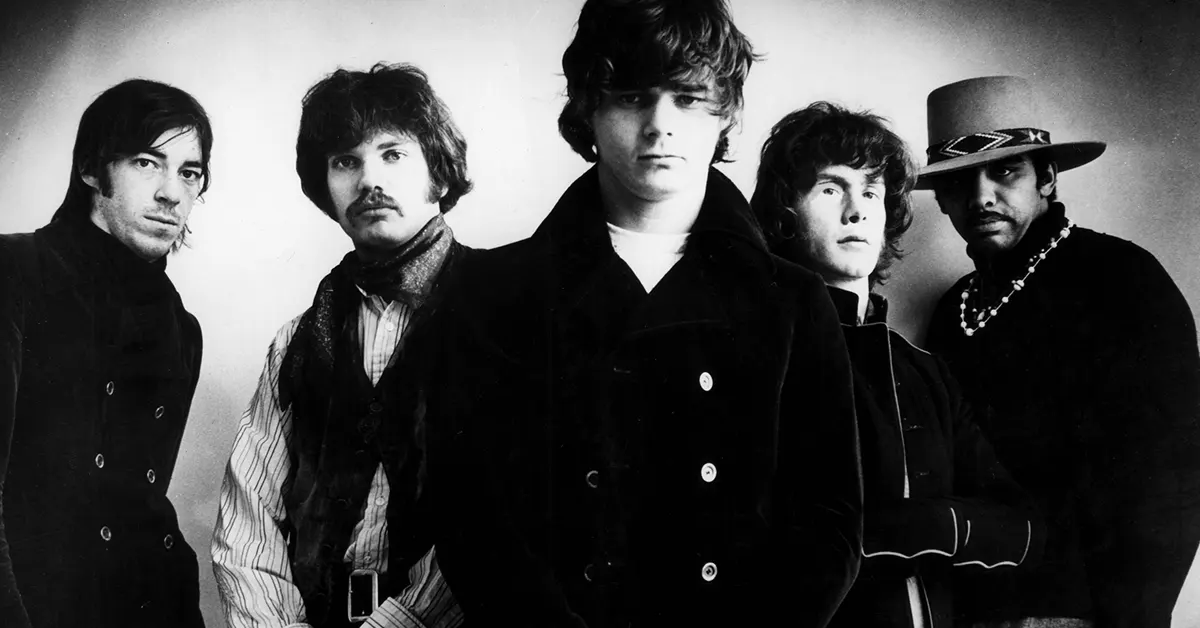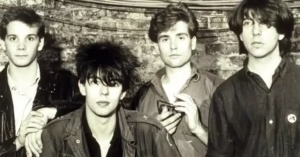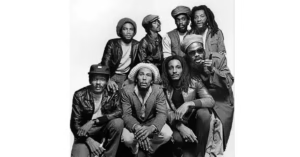Steve Miller Band: From Psychedelic Blues to Hit-Making Power Pop
Steve Miller Band. Formation and Early Years
The Steve Miller Band was formed in San Francisco in 1966 by guitarist and vocalist Steve Miller, a Wisconsin native who had studied English literature and learned blues from legends like T-Bone Walker.
Initially steeped in the psychedelic blues scene of the late ’60s, the band later evolved into a radio-friendly powerhouse, known for its slick production, catchy hooks, and cosmic lyrics.
Original members included:
- Steve Miller – Guitar, vocals
- Boz Scaggs – Guitar, vocals (left in 1968 for a solo career)
- Tim Davis – Drums
- Lonnie Turner – Bass
Steve Miller Band. Psychedelic Blues Phase (1968–1971)
✦ Children of the Future (1968)
Their debut, produced by Glyn Johns, showcased a bluesy, psychedelic sound. Though not a commercial success, it was critically respected.
✦ Sailor (1968)
More focused and cohesive, featuring:
- “Living in the U.S.A.” – Their first minor hit
- “Quicksilver Girl” – Featured later in the film The Big Chill
✦ Brave New World (1969)
Marked a shift toward tighter songwriting and hard rock, with Paul McCartney appearing uncredited on “My Dark Hour” (under the name “Paul Ramon”).
This era produced cult-favorite albums like Your Saving Grace (1969) and Number 5 (1970), laying the groundwork for the band’s mainstream success.
Steve Miller Band. Commercial Breakthrough and Classic Rock Era (1973–1981)
✦ The Joker (1973)
The title track “The Joker” became the band’s first #1 single, with a laid-back groove and playful lyrics (“some people call me the space cowboy…”). The album marked a major stylistic shift to smoother, more accessible rock.
✦ Fly Like an Eagle (1976)
Their masterpiece — a blend of spacey themes, blues rock, and pop craftsmanship.
Key tracks:
- “Fly Like an Eagle” – A cosmic groove classic
- “Take the Money and Run” – A storytelling rock anthem
- “Rock’n Me” – Another #1 hit, upbeat and road-ready
✦ Book of Dreams (1977)
A companion piece to Fly Like an Eagle, recorded in the same sessions.
Hits include:
- “Jet Airliner” – A huge FM radio hit
- “Swingtown”
- “Jungle Love”
This era defined their sound: clean production, catchy hooks, layered synths, and Miller’s smooth vocal style.
✦ Greatest Hits 1974–78
This compilation became one of the best-selling albums in U.S. history, with over 14 million copies sold, becoming a classic rock radio staple.
Later Years and Shifting Styles (1982–1993)
✦ Abracadabra (1982)
Title track became a surprise global hit, reaching #1 on Billboard, mixing synth-pop and funk influences with their classic style.
Later albums like Italian X Rays (1984) and Born 2 B Blue (1988) explored new wave, jazz, and adult contemporary, with mixed critical reception.
Miller took a break from studio recording after 1993’s Wide River, though he continued touring extensively.
Touring, Recognition, and Legacy (1994–Present)
The Steve Miller Band became a mainstay on the classic rock touring circuit, often sharing bills with acts like Journey, Peter Frampton, and Santana.
In 2016, Steve Miller was inducted into the Rock and Roll Hall of Fame. His acceptance speech was notably blunt, calling out the music industry’s exploitation and the Hall’s backstage mismanagement — a move that earned both criticism and respect.
Legacy and Influence
The Steve Miller Band is best known for:
- Bridging psychedelic blues and commercial rock
- Writing some of the most enduring FM radio hits of the ’70s
- Pioneering synth usage in blues rock contexts
- Songs that are both radio-friendly and musically sophisticated
They influenced artists across genres — from Tom Petty and Dire Straits to modern acts like Beck and The Black Keys.
Interesting Facts
- The “woo woo!” vocal hook in “The Joker” became a pop culture reference, sampled by artists like Shaggy.
- Paul McCartney’s drumming and vocals appear uncredited on “My Dark Hour.”
- The Greatest Hits 1974–78 cover with the blue horse is one of the most recognizable album covers in rock.
- Steve Miller received a lifetime achievement award from the Blues Foundation, acknowledging his roots.





